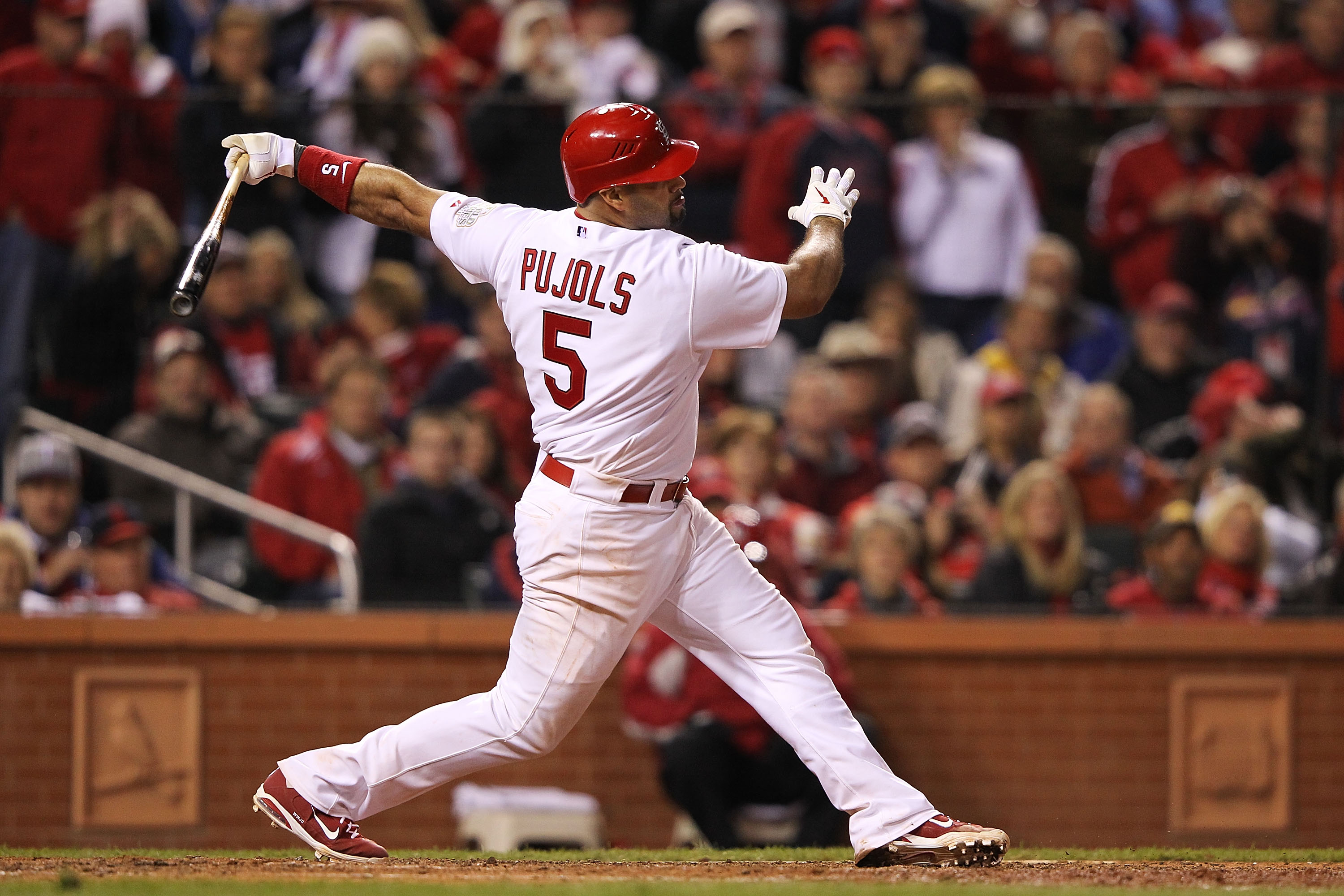After reading some interesting articles about the National League teams using pitchers in the eighth spot in the batting order and the evolution of the 2-hole, I was intrigued by how this affected daily fantasy baseball. The reason this is a particularly interesting study right now is because pitchers have never been worse at batting as they are right now, per FanGraphs:

Those are some pretty ugly numbers and you’d think that it’d lead to some pretty distinct splits in fantasy points among NL and AL batters. Using our Trends tool, I queried that:

Hmm, weird. This is also surprising because the best offenses in the league are in the AL – the top four teams in terms of runs scored this season are the Blue Jays, Yankees, Tigers, and Astros…all AL teams. Of course, a couple of the best home-field advantages are in the NL, most notoriously Coors Field. However, this is still an odd finding and shows that perhaps pitchers don’t really affect offenses, at least in terms of fantasy points, all that much.
But let’s remove some more variables and look into this further. Let’s look at both AL and NL teams when they play in situations with and without a designated hitter. For example, to find data on NL teams hitting with a DH, we’d look at NL teams on the road versus AL teams. To find data on them without a DH, we’d look at NL teams both at home versus all opponents as well as on the road versus other NL teams. Here are the results:
| 2015 +/- | 2014 +/- | |
| NL with DH | 0.01 | -0.36 |
| NL without DH | 0.33 | 0.11 |
| AL with DH | -0.07 | -0.20 |
| AL without DH | 0.54 | 0.16 |
Oddly enough, every team has done better in terms of Plus/Minus when playing without a DH. To throw in a necessary caveat, Plus/Minus is based on actual fantasy points scored in comparison to expected fantasy points, so site pricing is obviously a factor. But I don’t think it would be this much of a factor.
Where a game is played brings up two variables for batters – park factors and whether or not a designated hitter is part of the lineup. While I hypothesized prior to the study that offenses with a DH would see a boost, and thus, each individual batter would as a result, that doesn’t seem to be true. This could mean that park factors are much more important than the designated hitter (I lean this way), or perhaps it can be attributed to variance.
Either way, I’d encourage you to test all your preconceived notions and hypotheses. Some you’ll be right on the money, but some – like this one for me – will surprise you. And it could possibly be a notion that is widely held publicly. If that’s the case, being on the correct side of it will lead to great daily fantasy success, as you’ll have a leg up on the competition.





